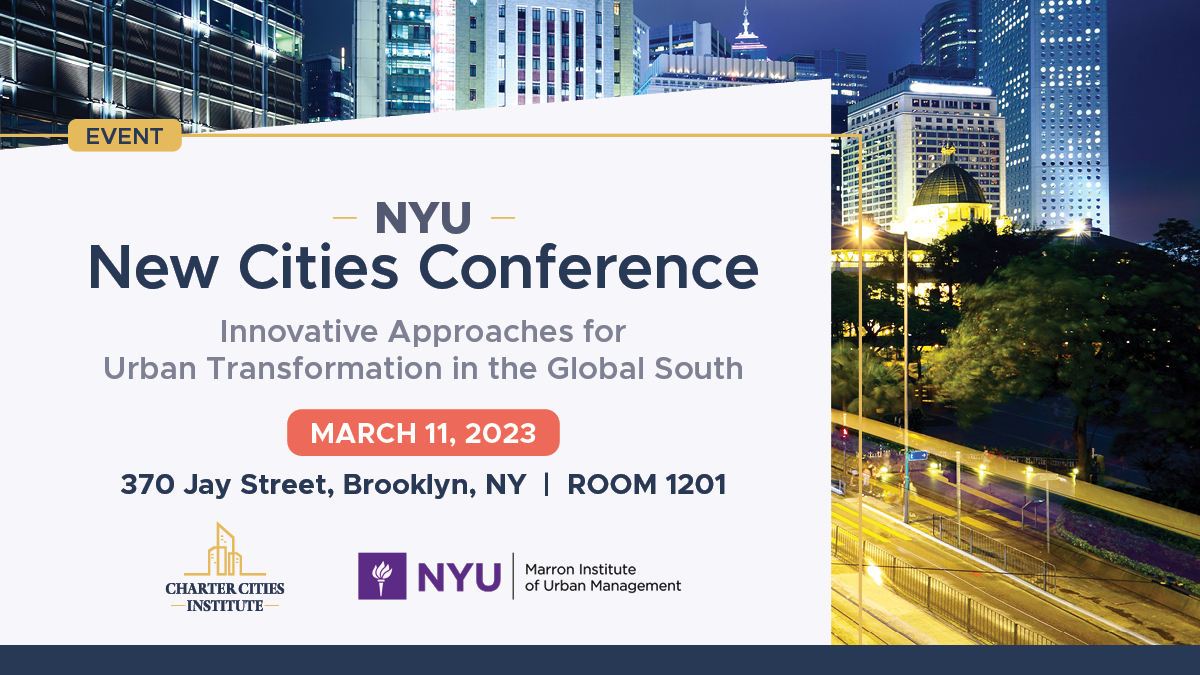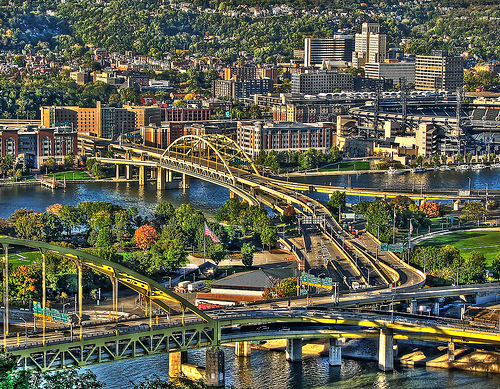Related

Event
/ Mar 11,2023
NYU New Cities Conference
Innovative Approaches for Urban Transformation in the Global South

Sep 29,2012
Cities and Entrepreneurship
by
Brandon Fuller
more on:
urban economics
The increasing ease with which we can move goods and knowledge across space might lead us to believe that cities, tight clusters of human activity, will become less important. Yet, cities continue to grow despite falling transport and communication costs. In the recent edition of City Journal, Professor Mario Polèse helps to explain why—summarizing some of the important contributions that social scientists have made to our understanding of urban agglomeration.
Seven Pillars of Agglomeration:
Just over half of the world’s population lives in cities today, but the UN anticipates that the urban share will reach nearly three-quarters by 2050. Most of this interim urbanization will occur in the developing world. Polèse’s pillars offer a nice starting point for understanding the forces behind urban growth and the ways in which governments might leverage it to reduce deprivation.
Learn more about Professor Polèse’s work here.
Please fill out the information below to receive our e-newsletter(s).
*Indicates required.